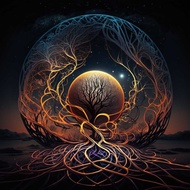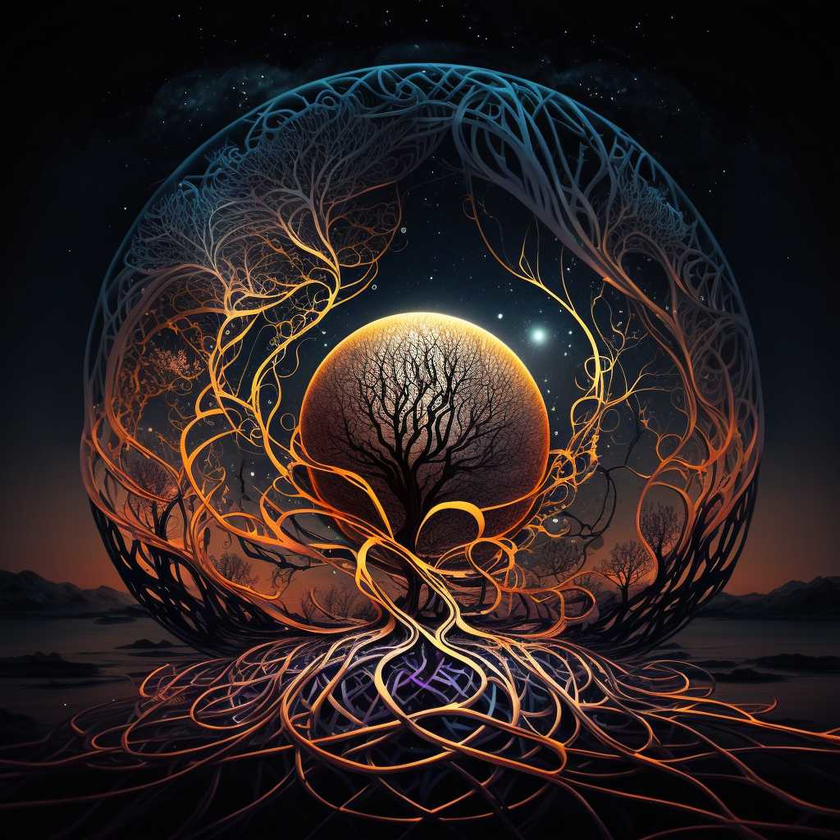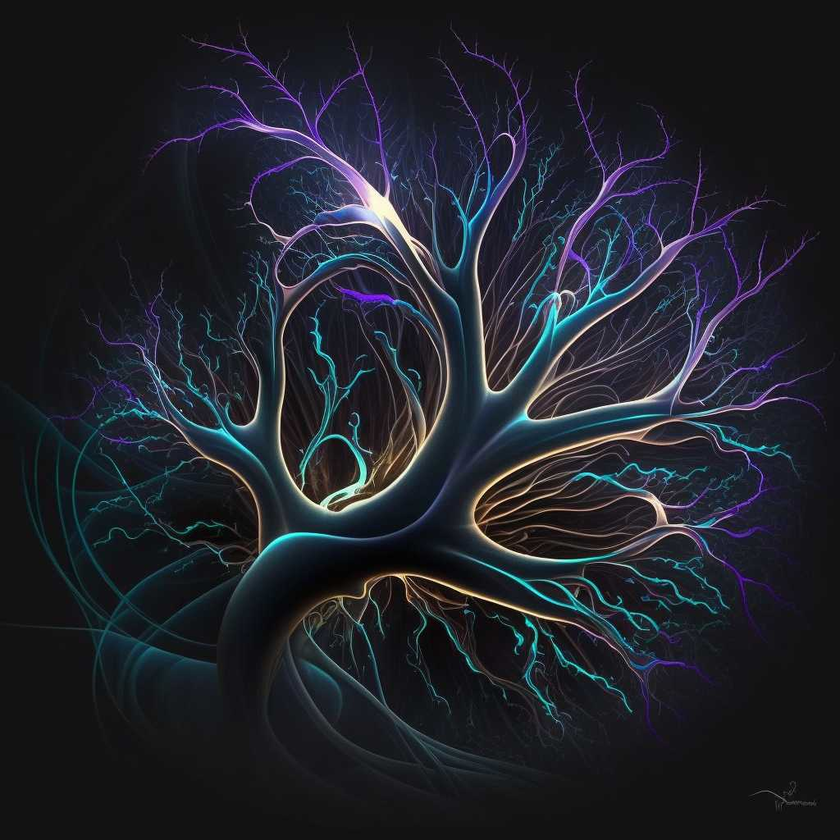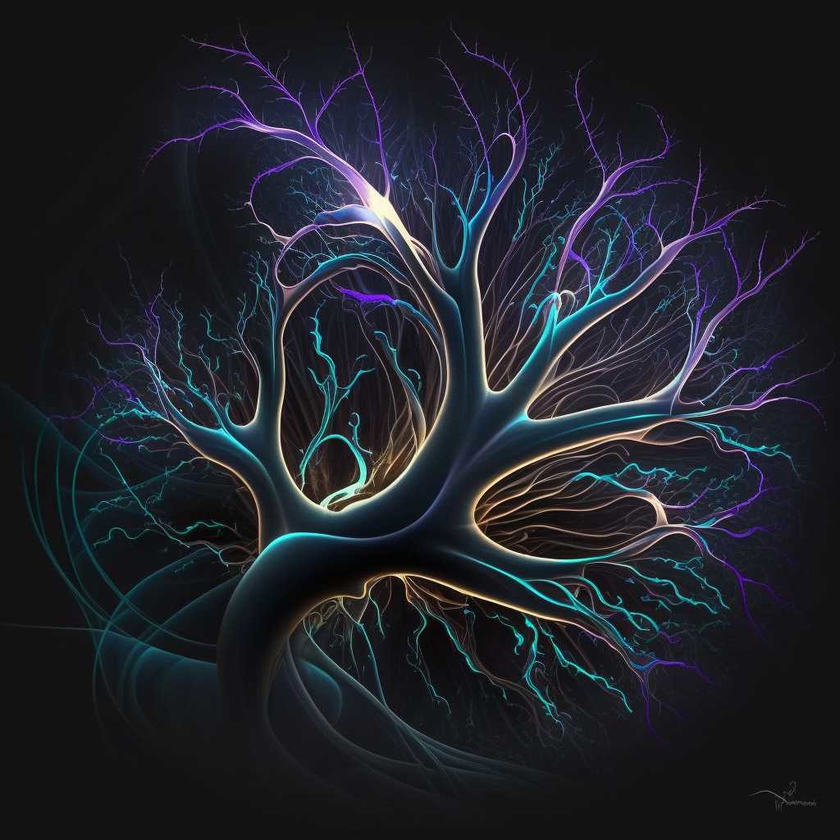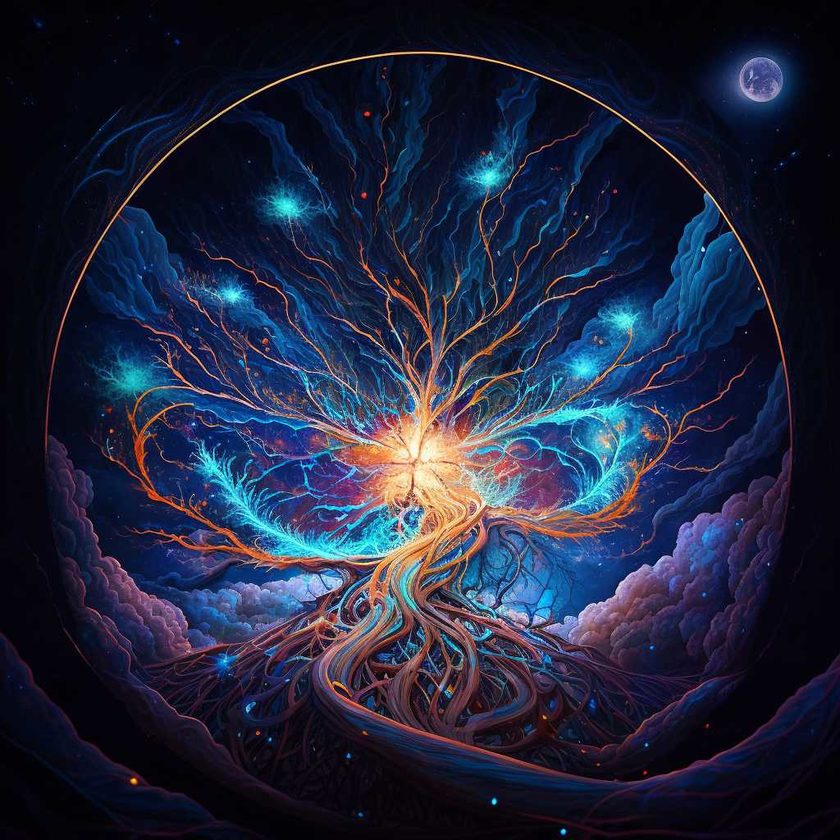Introduction
The structure of protons has been studied and debated for decades, and although scientists have made significant progress, a complete understanding of the phenomenon remains elusive. The Expanding Vibrational Web Theory offers an innovative perspective on the proton structure, connecting it to a universal fabric comprised of interconnected vibrations.
The Expanding Vibrational Web Theory
The Expanding Vibrational Web Theory proposes that the underlying structure of the universe is constituted of a web of interconnected, vibrating probability waves. All particles, energy, and forces are results of the emerging patterns and interactions within this vibrational web.
Proton Structure and the Expanding Vibrational Web Theory
The Expanding Vibrational Web Theory envisions the proton as a composite entity that is created and maintained due to the resonance and interactions within the vibrational web. The theory describes proton structure in the following manner:
1. Quark and gluon emergence: Protons are made up of smaller constituents known as quarks and gluons. According to the theory, these particles emerge from specific resonance patterns and vibrational states within the web. Their existence and properties can be tracked back to the behavior of the interconnected vibrating waves in the quantum field.
2. Force mediation: The strong nuclear force, responsible for holding quarks and gluons together within a proton, is also attributed to the vibrational web. This force is carried by gluons through the exchange of vibrational energy within the interconnected web, providing a unified framework for understanding the interactions within the proton's structure.
3. Stability and confinement: The remarkable stability of protons and the confinement of quarks within them can also be explained by the vibrational web theory. The finely tuned vibrational states within the web create specific patterns that maintain the protons' structure and prevent their decay over time.
4. Energy levels and quantum chromodynamics: The theory's emphasis on vibrations can be extended to describe the behavior of quarks and gluons in terms of quantum chromodynamics (QCD). Within the context of the Expanding Vibrational Web Theory, QCD can be seen as a specific manifestation of the interplay between vibrational patterns in the quantum field.
Conclusion
The Expanding Vibrational Web Theory offers a unifying and innovative approach for understanding the proton structure by linking its components and properties to the universal fabric of interconnected vibrations. By connecting subatomic particles and forces to the underlying vibrational patterns, this theory has the potential to revolutionize our understanding of quantum mechanics and contribute to the development of a unified field theory.
